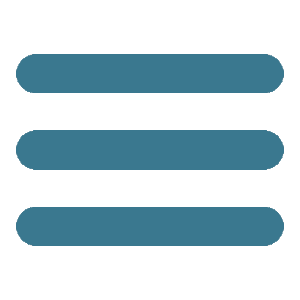«Le mur a toujours exercé sur moi una sorte de fascination. J'ai souvent préféré cette autre nature artificielle et urbaine, imprégnée d'humanité. infiniment riche en suggestion – signalées déjà par Léonard da Vinci – et ce langage éphémère qui y prend mystérieusement naissance». (1)
Gyula Halász, better known as Brassaï, wrote these words in 1958 in the catalogue of an exhibition at the ICA in London. His words express with crystal clarity an extreme interest in the landscape built by men. He implicitly suggests that, given for granted that the urban tissue can constitute the maximum expression of the anthropomorphic landscape, we do not need to limit ourselves to macrostructures. It is also necessary to investigate the expressions that are less eye-catching, such as the languages that are created and developed on walls. These are in fact signs that cannot be underestimated.
On this topic, the case studied by Belinda Loftus at the end of the 80s is very interesting and quite extreme. (2) Loftus analysed the role of images in the conflict in Northern Ireland between 1968 and 1988. In the opposite factions, she not only found differences in the context of the political-religious orientation, but also she hypothesised the existence of different looks on the world characterised by peculiar ways of expression.
In this sense, the references to Barnstein and to the concepts of restricted linguistic code and elaborated linguistic code are crucial. The first is used in relationships that are based on a shared identity. It considers a simplification of the language that is expressed with extreme concreteness and by using non-verbal signals. Its application tends to reinforce the sense of belonging to the identity of the group that uses it, which will consequently compress the space of the individual differences.
On the contrary, the elaborated linguistic code is used with interlocutors whose attitude to listen cannot be taken for granted. Therefore, it aims to transmit explicit messages, elaborating the uniqueness of the individual experience.
Going back to Loftus' thesis, she would have identified some sort of parallel between the restricted code (associated to the loyalists, whose visual language would result concise, impersonal, without any representations or individual experiences and clearly aimed to reinforce the existing social and political links) and the elaborated one (associated with the nationalists, who would instead use symbols that strongly consider individuality). |
|
Practically, the analysis on the images depicted on the murals sees the loyalists focused in a communication full of emblems, flags and political symbols, aimed to confirm the ideas of who was already part of the group. On the contrary, nationalists tried to express themselves outside of their circle, mixing icons of the socialist ideology with the ones of Catholic Irish mythology.
The study of the territory and its shapes is something that develops in extremely complex ways, which are intensified by the very important anthropologic component. In fact, the observation of the landscape on a visual level goes through the two dimension data (images, signs, representations), but also through the three dimension data (surroundings, objects, traces). Alongside them, it is however important the identification of two other groups of visual data: the lived ones (places and spaces where daily life happens) and finally the living ones (social interactions, identities, body). (3)
For those who are willing to see and have the ability to listen to the silences of the images, we recommend having a look at Brassaï's brilliant research on graffiti developed between the end of the 20s and the beginning of the 50s.
[
Sandro Iovine ]
Pour l'amour de Paris by Brassaï, in exhibition in Milan until the 28th of June. INFO.
--------------------------------------------
(1) - «Walls have always had some sort of fascination for me. I often preferred this other urban and artificial nature, full of humanity, infinitely rich of suggestions – as already stressed by Leonardo da Vinci – and the language that mysteriously comes alive in it». Quoted from Brassaï, pour l'amor de Paris, Flammarion, Paris, 2013; p. 69.
(2) - cfr. Belinda Loftus, Northern Ireland 1968-1988: Enter an Art Historian in search of a useful Theory, in Picturing Power: Visual Depiction and Social Relations Sociological Review Monographs, No. 35, Routledge, London, 1988.
(3) - cfr. Michael Emmison e Philip Smith, Researching the Visual: Images, Objects, Contexts and Interactions in Social and Cultural Inquiry, Sage Publications, London, 2000.
|

 home
cover ▼
opinions
news ▼
portfolio
post.it
post.cast
video
ongoing
thematicpaths
googlecards
FPtag
home
cover ▼
opinions
news ▼
portfolio
post.it
post.cast
video
ongoing
thematicpaths
googlecards
FPtag


